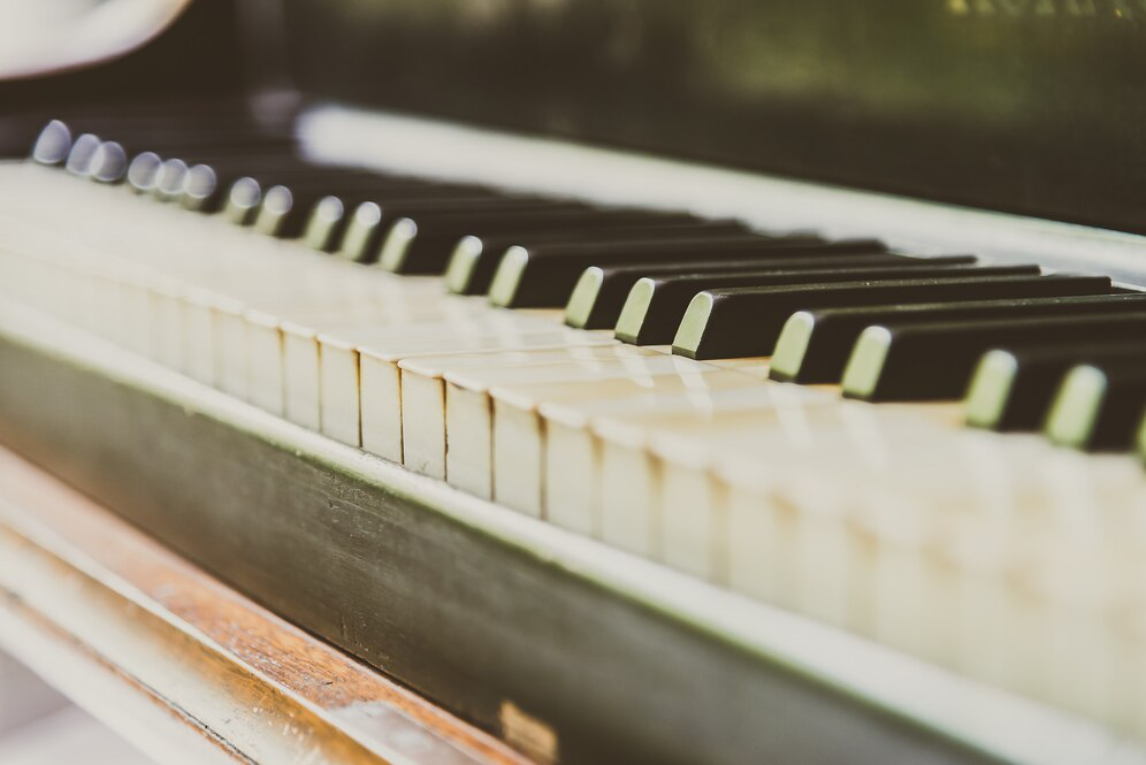Recording the sound of a coyote is a fascinating experience for nature enthusiasts, wildlife researchers, and sound collectors alike. Coyotes produce a variety of vocalizations, including howls, yips, and barks, that can be both eerie and beautiful. If you want to capture these sounds and preserve them on a CD, you’ll need the right tools, knowledge, and environment. In this comprehensive guide, we will walk you through the process of recording a coyote on CD, from equipment setup to editing and burning the sound onto a disc.
Why Record of a Coyote on CD?
Recording a coyote on CD serves many purposes:
- Research: Coyote sounds are valuable for studying their behavior and communication patterns.
- Education: Schools and nature centers can use the recordings to educate others about wildlife and animal communication.
- Personal Enjoyment: If you are an animal sound enthusiast, having a coyote recording is a unique addition to your collection.
Coyotes are known for their distinctive howls that can echo through the night. Capturing these sounds on a CD is a great way to preserve them and share them with others.
Equipment Needed for Recording a Coyote on CD
To record of a coyote on CD, you will need specific equipment to ensure the best sound quality. Below is a list of necessary gear:
Table: Essential Equipment for Recording a Coyote on CD
| Equipment | Description |
|---|---|
| Shotgun Microphone | A directional microphone ideal for capturing distant sounds. |
| Portable Digital Recorder | A device for capturing audio, such as a Zoom H5 or H6. |
| Audio Editing Software | Programs like Audacity or Adobe Audition to edit the recording. |
| Blank CD | A CD to burn the recorded audio onto. |
| CD Burner | A device or software for burning the recording onto the CD. |
1. Microphone
A shotgun microphone is perfect for capturing long-range sounds like a coyote’s howl. It picks up sound from one direction while minimizing noise from other sources.
2. Portable Digital Recorder
A digital recorder is essential for capturing the audio in a high-quality format. Look for a portable recorder with adjustable input levels to ensure the best sound capture.
3. Audio Editing Software
Once the sound is recorded, you’ll need software to clean it up. Free options like Audacity or professional programs like Adobe Audition will allow you to adjust levels, remove noise, and enhance the clarity of the recording.
4. CD Burner
To transfer the sound onto a CD, you will need a CD burner. This could be a built-in feature in your computer or an external device. Software like iTunes or Windows Media Player will help you burn the audio onto a blank CD.
Best Times and Places to Record of a Coyote on CD
Coyotes are most vocal during the night, especially at dusk and dawn, making these the ideal times to record their sounds. They use howls to communicate with other members of their pack, establish territory, and signal other coyotes.
1. When to Record
Coyotes are more likely to vocalize during the following times:
- Dusk and Dawn: These are the most active times for coyotes.
- Nighttime: Coyotes tend to howl more at night when the environment is quieter.
2. Where to Record
- Open Fields: Coyotes often roam in open spaces, which allow their howls to travel far.
- Near Water Sources: Coyotes may be heard around rivers, lakes, or ponds.
- National Parks: In places like Yellowstone National Park, coyotes are common and can often be heard at night.
By choosing the right location and timing, you maximize your chances of capturing clear coyote sounds.
How to Record a Coyote on CD
Once you’ve gathered your equipment and selected your recording spot, follow these steps to successfully capture a coyote’s howl.
1. Set Up Your Equipment
- Position the shotgun microphone towards the area where you expect coyotes to be vocalizing.
- Set up the digital recorder, ensuring it is ready to capture sound.
- Ensure your microphone is at the correct distance to capture the coyote’s calls without distortion.
2. Record Multiple Takes
Coyotes may not always howl on cue. To ensure you get a good recording, be patient and record multiple takes. Wait quietly for the coyotes to begin vocalizing, and make sure to capture the full range of their sounds.
3. Minimize Background Noise
Recording in a quiet area is essential for getting a clean recording. Choose a location far from urban noise and traffic. Also, check the wind conditions; high winds can interfere with the microphone’s ability to capture clean audio.
4. Edit Your Recording
After capturing the coyote sound, transfer the audio to your computer. Use audio editing software to:
- Remove any background noise.
- Adjust volume levels for clarity.
- Trim any unnecessary parts of the recording, such as silence or distortion.
5. Burn the Recording to a CD
Once your recording is clean and polished, it’s time to burn it to a CD. Insert a blank CD into your CD burner and use software like iTunes or Windows Media Player to transfer the audio. Make sure to label the CD with the recording date and location.
Benefits of Recording a Coyote on CD
Recording coyote sounds offers various advantages:
- Educational Tool: Teachers and nature enthusiasts can use the recordings to teach others about coyote behavior and communication.
- Wildlife Research: Researchers can study coyote populations and their vocal patterns.
- Personal Enjoyment: For animal sound collectors, the coyote’s howl is a unique and captivating sound to add to their collection.
Conclusion
Recording a coyote on CD is an enjoyable and rewarding experience. With the right equipment, patience, and knowledge, you can capture the haunting sounds of coyotes and preserve them for future use. Whether for research, education, or personal enjoyment, these recordings provide a valuable connection to the wild. Be sure to choose the best time and place, set up your gear properly, and use editing software to fine-tune your recordings before transferring them to a CD.
By following this guide, you’ll be able to record of a coyote on CD with high-quality results and enjoy the wild sounds for years to come.
FAQ’s
FAQ 1: What Equipment Do I Need for Recording a Coyote on CD?
To successfully record a coyote on CD, you will need a few essential pieces of equipment:
- A shotgun microphone to capture clear, directional sound from a distance.
- A portable digital recorder such as the Zoom H5 or H6 to record the audio.
- Audio editing software like Audacity to clean up and enhance the sound.
- A blank CD and a CD burner to store your final recording.
FAQ 2: When is the Best Time to Record a Coyote on CD?
The best time to record a coyote on CD is during dusk, dawn, or nighttime. Coyotes are most vocal at these times, using howls to communicate with other members of their pack. These periods provide the quietest conditions for recording, ensuring the coyote’s calls are clear and undisturbed.
FAQ 3: Where Can I Record a Coyote on CD?
To capture high-quality recordings, it’s ideal to choose a location where coyotes are active, such as:
- Open fields, where the coyote’s howls can travel far.
- Near water sources, like lakes or rivers, where coyotes are often heard.
- National parks like Yellowstone, which are home to thriving coyote populations and are prime spots for recording their sounds.
FAQ 4: How Do I Edit and Burn a Coyote Recording to CD?
After recording the coyote sounds, use audio editing software like Audacity to clean up the recording. Remove unwanted background noise, adjust volume levels, and trim unnecessary parts. Once the editing is complete, use a CD burner and software like iTunes or Windows Media Player to transfer the final recording onto a blank CD.
FAQ 5: Can I Use a Coyote Sound Recording for Educational Purposes?
Yes, recording a coyote on CD can be highly beneficial for educational purposes. The recorded sounds can be used to teach students about animal behavior, communication, and the unique vocalizations of coyotes. Nature centers, schools, and wildlife researchers can all make great use of such recordings.










